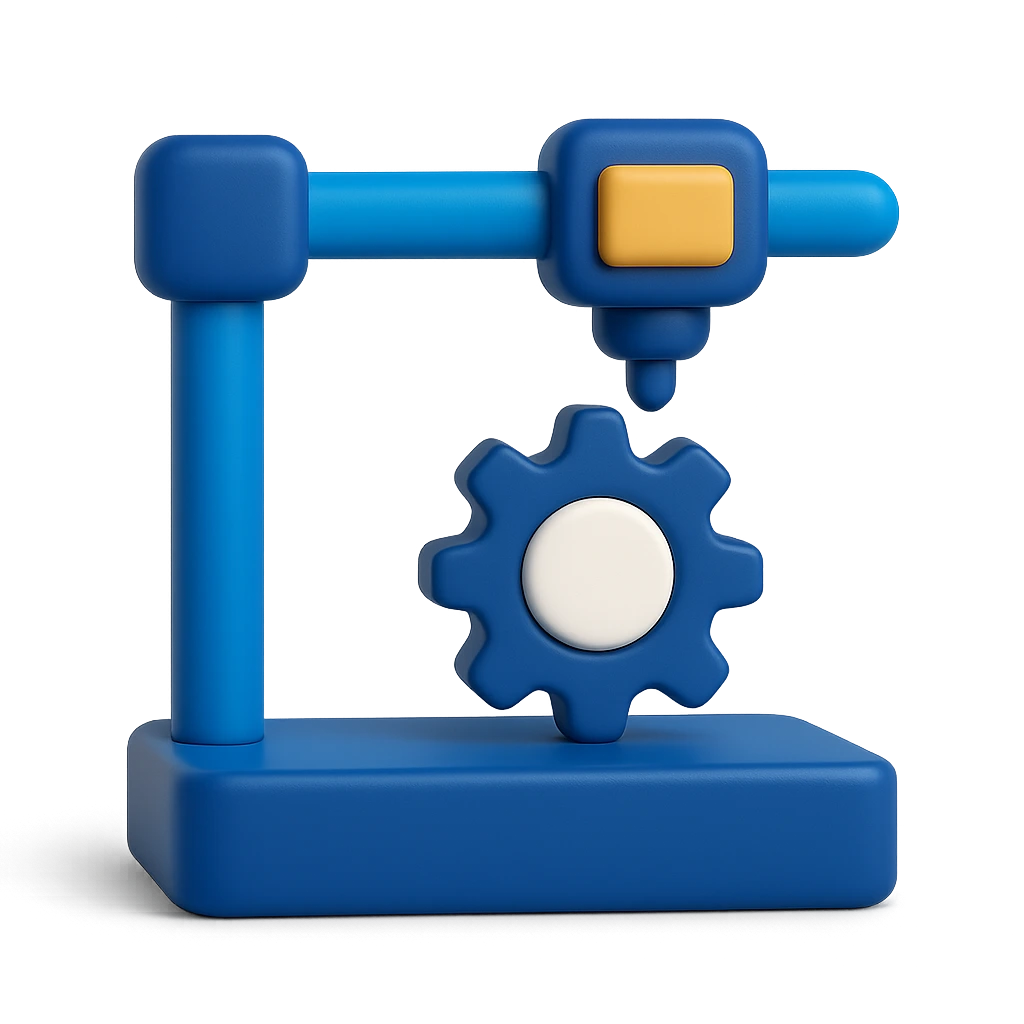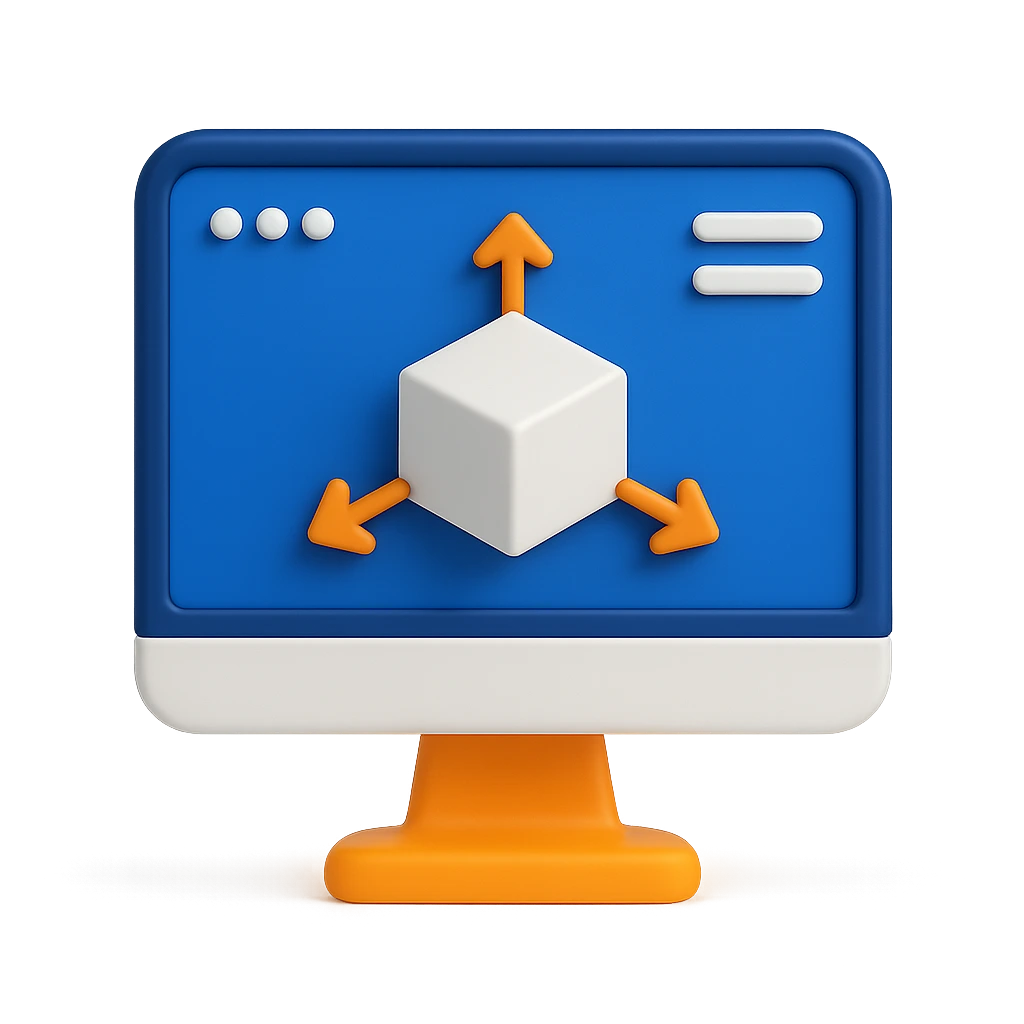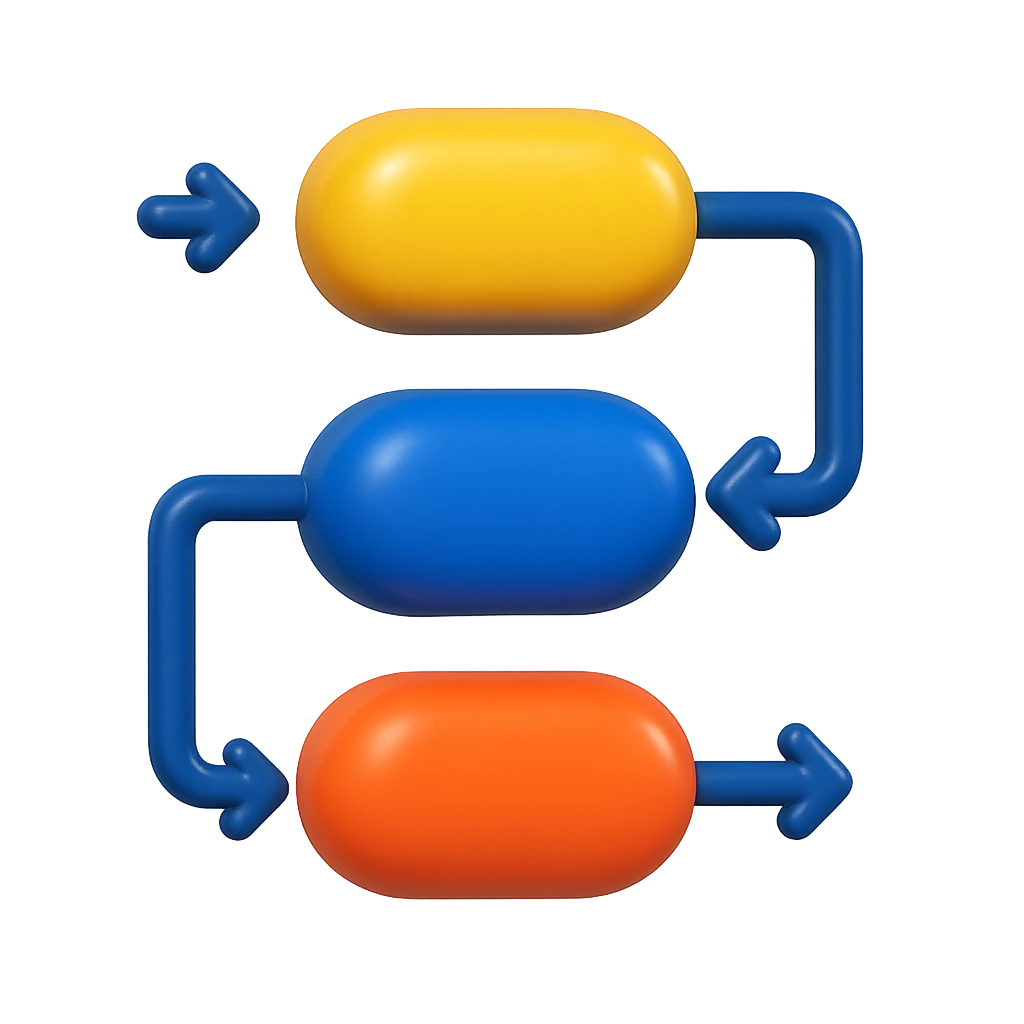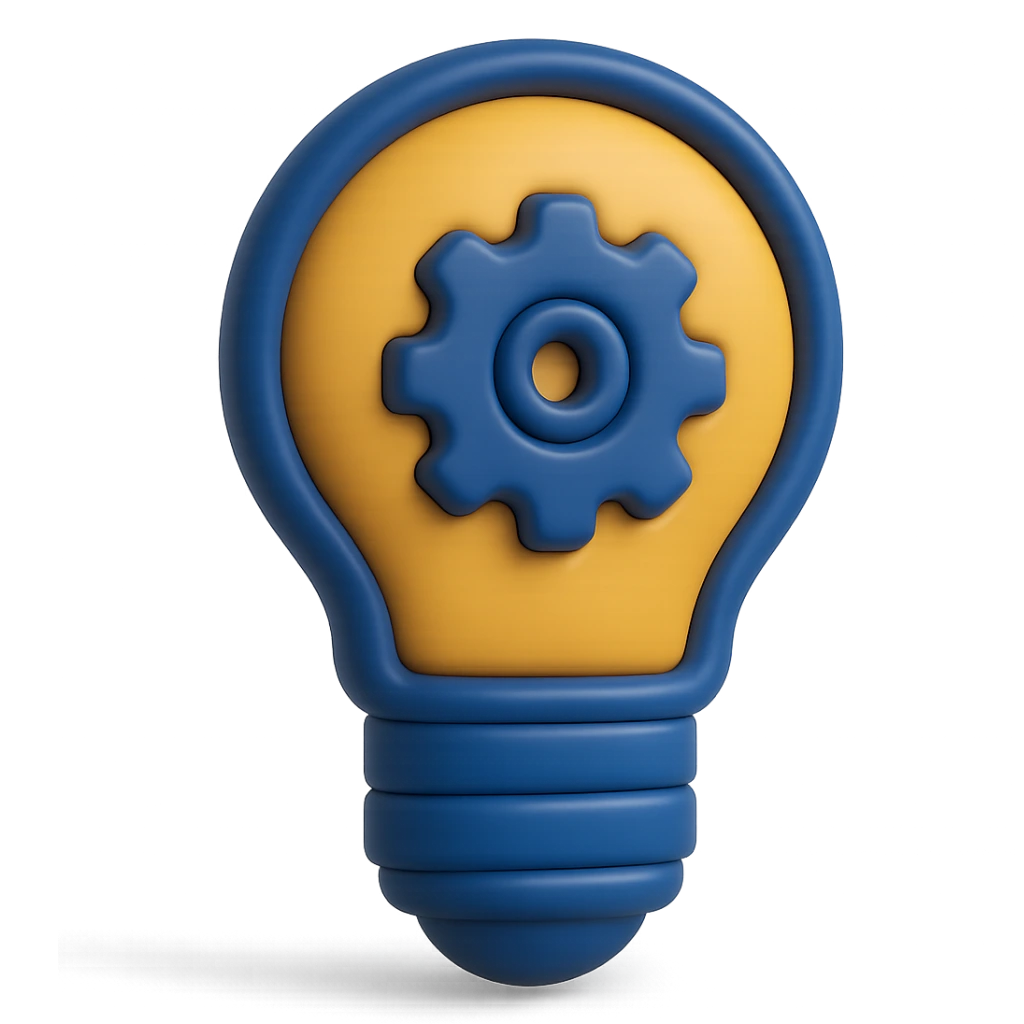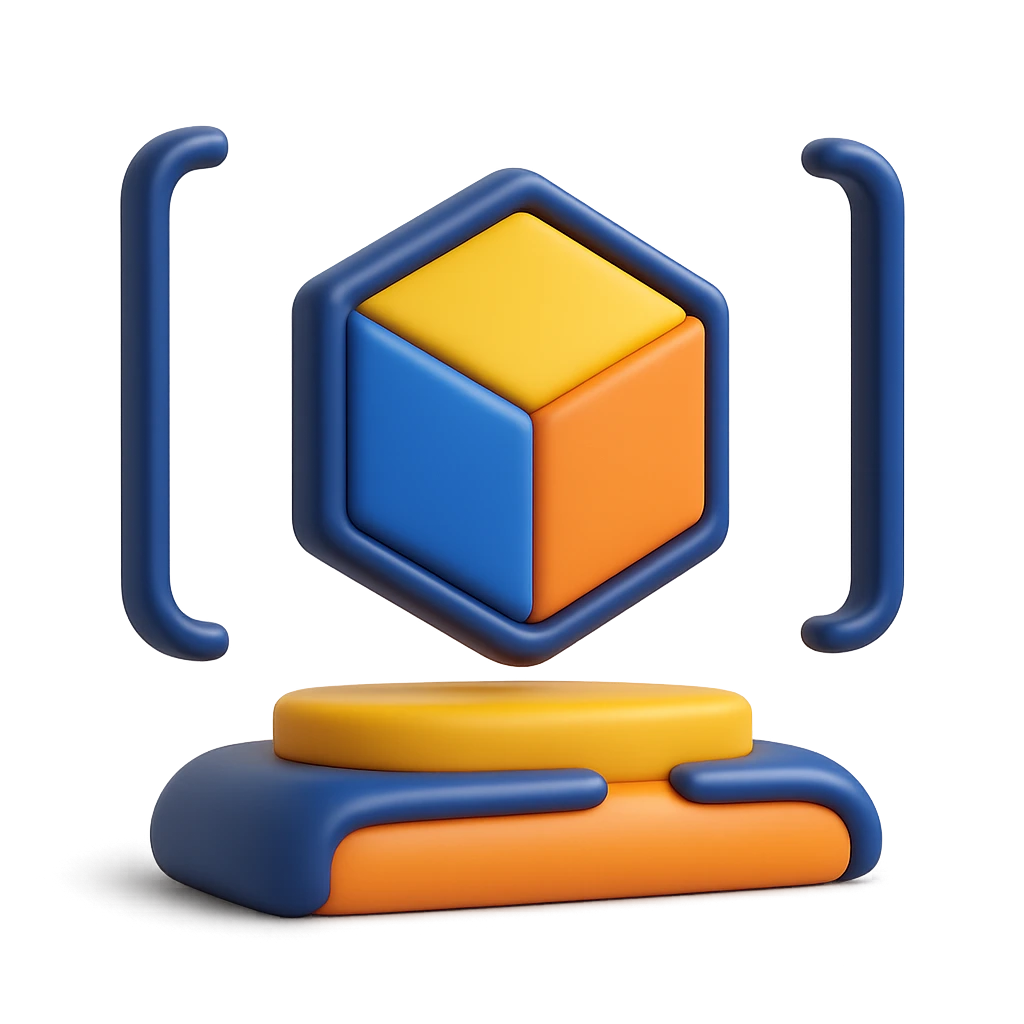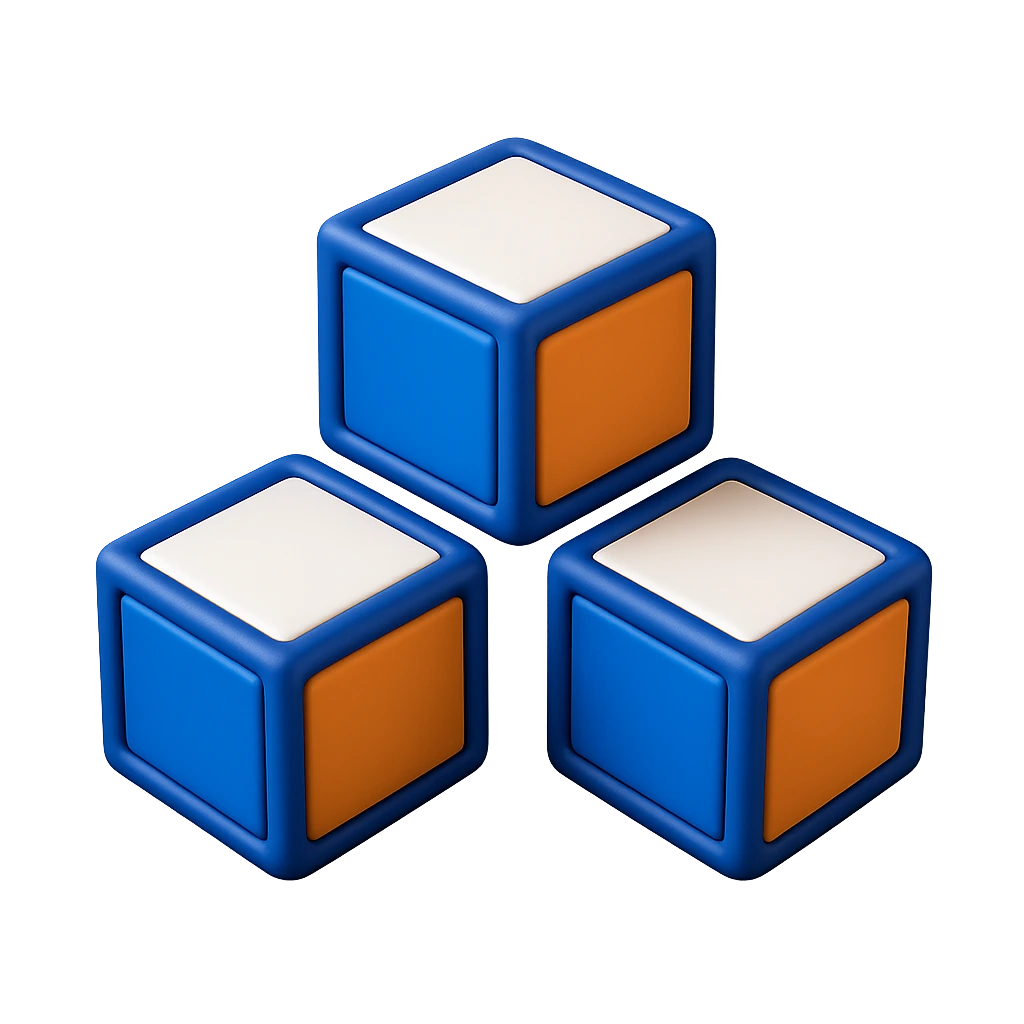3D Printing
Our 3D printing service process builds a three-dimensional object from a computer-aided design model, usually by successively adding material layer by layer through a nozzle, which is why it is also called additive manufacturing.
- Model Preparation
- Slicing of 3D Model
- Material Change
- Transfer and Start
- Support Removal
Our 3D printing capabilities
As a dedicated 3D printing shop, we specialize in producing high-quality parts using Fused Deposition Modeling (FDM) and Stereolithography (SLA). From rapid prototyping to detailed functional components, we deliver reliable and cost-effective solutions tailored to your project needs.
FDM
Durable parts for functional prototyping and small-batch production
Quick and cost-effective prototyping
Lead times starting from just 3 business days
SLA
Durable parts for functional prototyping and small-batch production
Provides dependable accuracy for complex geometries
Lead times starting from 5 business days
Not sure about which services is the correct path for your application? Read more about finding the right 3D printing services.
How It Works
Digital Model Creation
The process begins with the creation of a 3D digital model using computer-aided design (CAD) software. This digital model defines the object’s shape and specifications.
Slicing
The digital model is divided into thin horizontal layers using slicing software. Each layer is a 2D cross-section of the 3D object. This step prepares the model for the printing process.
Printing
The 3D printer follows the sliced model’s instructions, depositing material layer by layer to create the object. It uses various technologies to achieve this, such as Fused Deposition Modeling (FDM) and Stereolithography (SLA). The material is precisely added based on the design to ensure accuracy and detail.
Layer Bonding
As each layer is deposited, it bonds with the previous one. This bonding process can involve melting plastic filament (FDM) or curing liquid resin (SLA), ensuring a solid and cohesive structure.
Cooling or Solidification
Depending on the technology, some printers use cooling or UV light to solidify the material, while others use heat to fuse it. This step ensures that the object’s layers adhere together.
Object Retrieval
Once all the layers are printed and the object is complete, it can be removed from the 3D printer’s build platform.
Videos
Get a closer look at how we bring ideas to life through 3D printing. Our videos walk you through the entire process—from preparing digital files and slicing models to the actual printing and finishing stages. Watch as intricate prints take shape layer by layer, learn how different materials and technologies are used, and discover how we ensure precision, strength, and quality in every print. Whether you’re new to 3D printing or looking to understand how our process supports your project, these videos offer valuable insight into our workflow, techniques, and dedication to excellence.
Butiking Pasay Action Figure
NU Bulldog Character
Silicon Kidney
Suzuki Miniatures
Services
We offer a wide range of capabilities, supporting everything from custom prototypes to low-volume manufacturing services. We specialize in producing geometrically complex parts and high-quality, aesthetically demanding components.
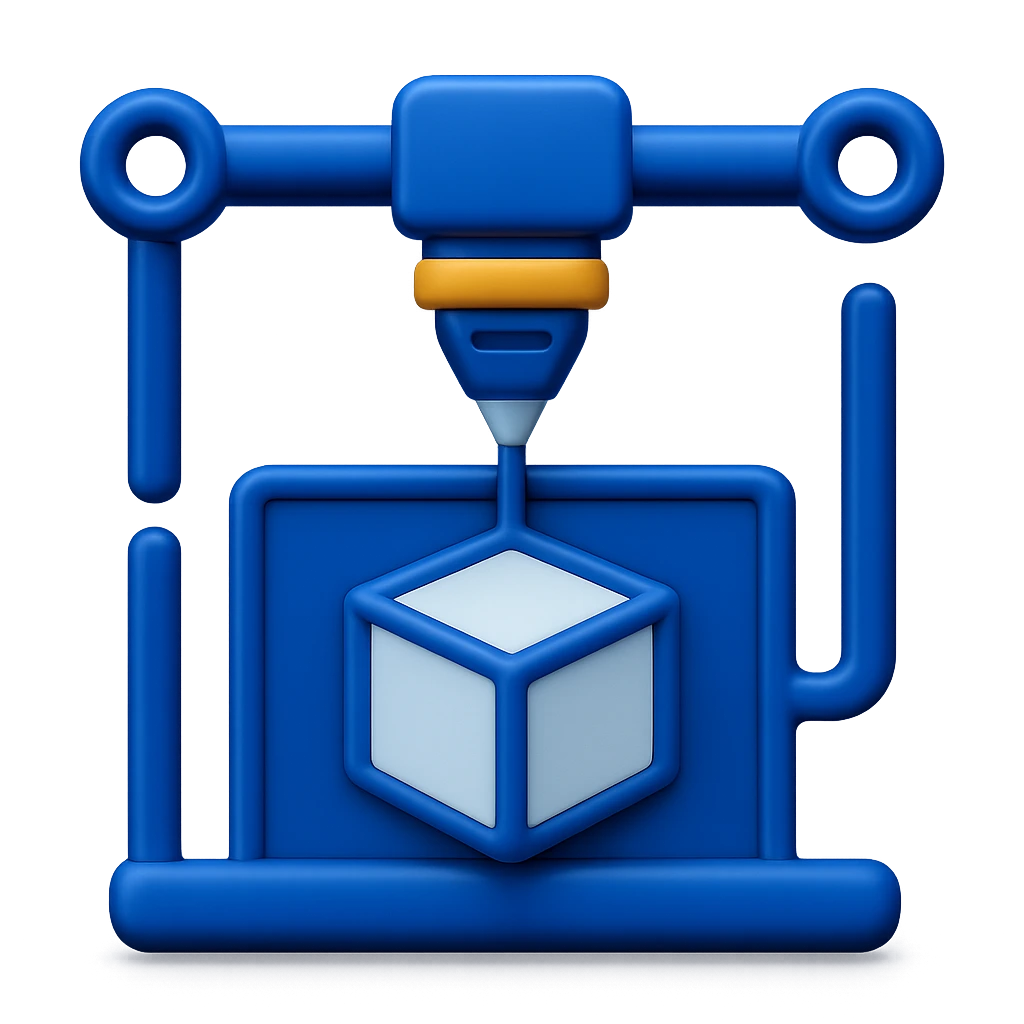
Prototyping
A prototype is a draft product that helps test ideas and design concepts before full development.
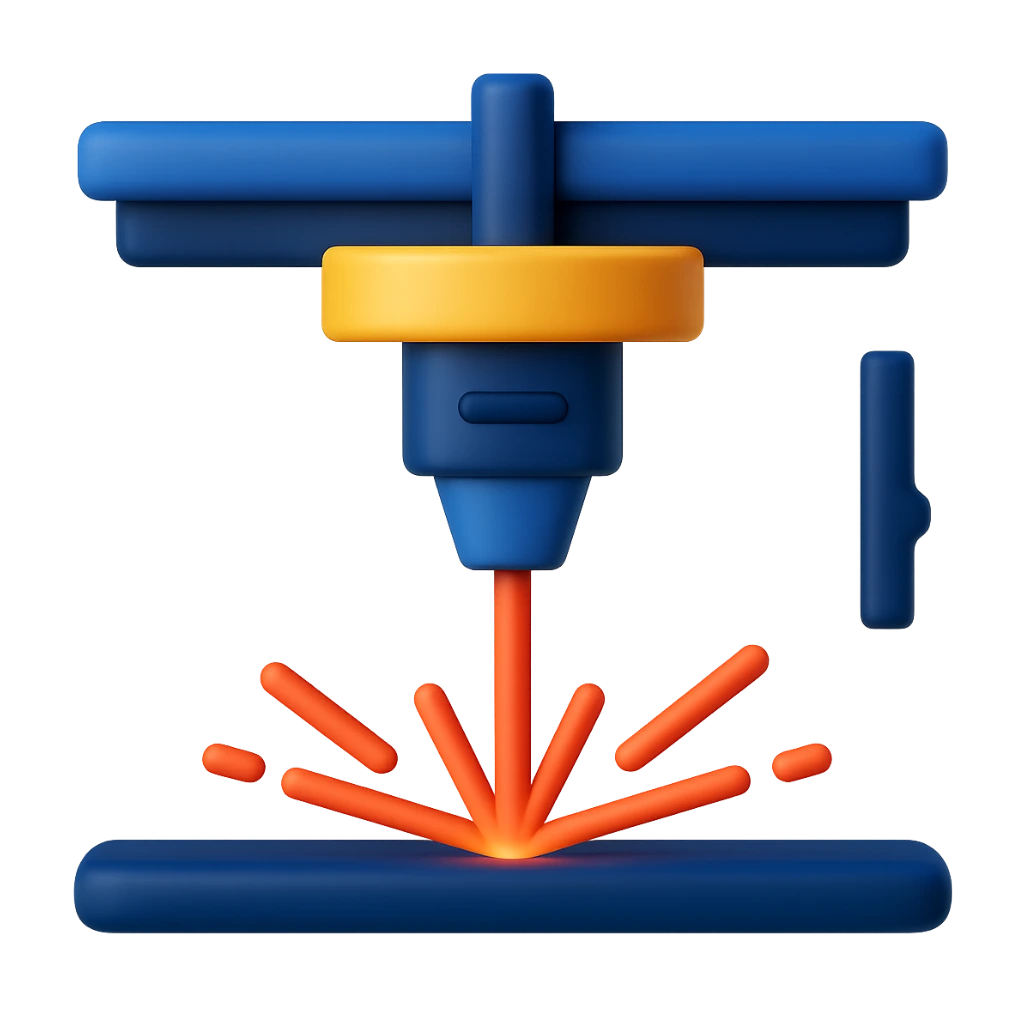
Laser Cutting
Laser cutting uses a focused beam to cut materials with precision through melting, burning, or vaporizing.
Your parts are in expert hands.
Begin your production project today
